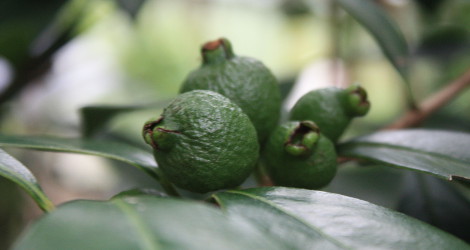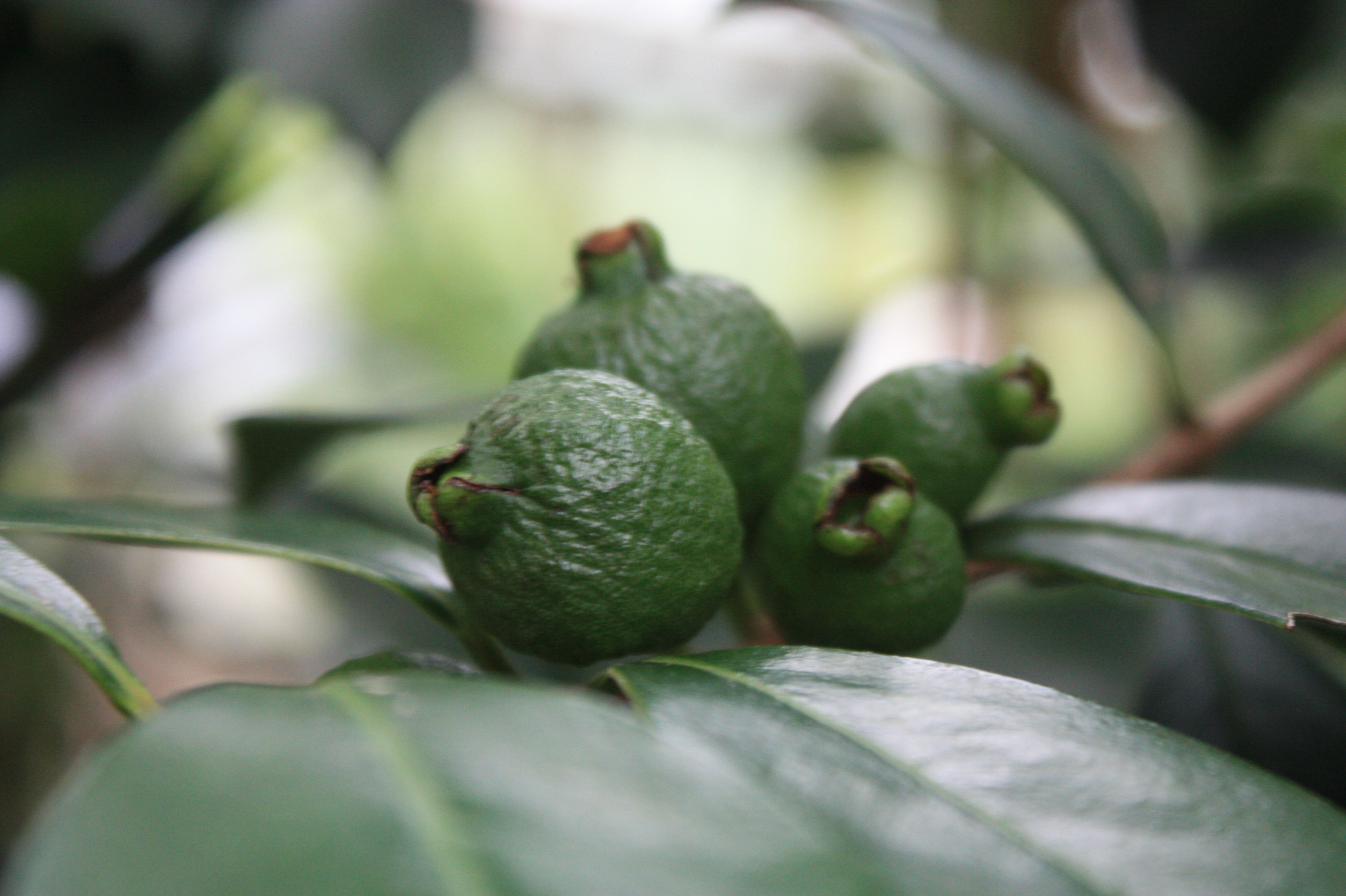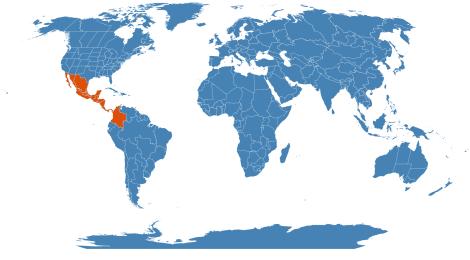Accession Data
Manilkara zapota
Common Name: Naseberry
Family: Sapotaceae
Country of Origin: Mexico to Colombia
Description: The sapodilla is an attractive upright, slow-growing, long-lived evergreen tree. Distinctly pyramidal when young, with age the tree may develops a crown that is dense and rounded or sometimes open and somewhat irregular in shape. The leaves are 3 to 4-1/2 inches long and 1 to 1-1/2 inches wide. They are medium green, glossy, alternate and spirally clustered at the tip of forked twigs. Flowers are small, inconspicuous and bell-like, approximately 3/8 inch in diameter. They are borne on slender stalks in the axil of the leaves. There are several flushes of flowers throughout the year. The fruit is round to egg-shape, 2 - 4 inches in diameter. The skin is brown and scruffy when ripe. The flesh varies from yellow to shades of brown and sometimes reddish-brown, and may be smooth or of a granular texture. The flavor is sweet and pleasant, ranging from a pear flavor to crunchy brown sugar. Fruits can be seedless, but usually have from 3 to 12 hard, black, shiny, flattened seeds about 3/4 inch long in the center of the fruit.1
Uses: Chicle, the latex obtained from the bark of the tree has been used as a chewing gum base for many years.
Accession Data
USDA Zone: 10b-11
Accession #: 201900362
Accession Date: 2019-08-05 00:00:00
Bloom Status: 🪴 Not Flowering
Location: 1309
Quantity: 1
Source: Mario Sousa-Pena
Provenance:
Seeds from fruit purchased at a Mexican products store in Meriden, CT. Fruit imported from Mexico.
Classification
Division: Magnoliophyta
Class: Magnoliopsida
Subclass: asterids
Order: Ericales
Family: Sapotaceae
SubFamily: Sapotoideae
Tribe: Sapoteae
References
- California Rare Fruit Growers Web Site. Last accessed on Monday, 05 August, 2019.
- The Plant List (2013). Version 1.1. Last accessed on Monday, 05 August, 2019.
- WCSP (2017). World Checklist of Selected Plant Families. Facilitated by the Royal Botanic Gardens, Kew. Last accessed on Monday, 05 August, 2019.
- Chicle at Wikipedia. Last accessed on Monday, 05 August, 2019.
- Image #00 (cropped) & #01 (original) by Stephencdickson (Own work) [CC BY-SA 4.0], via Wikimedia Commons. Last accessed on Wednesday, October 25, 2017.
Images


